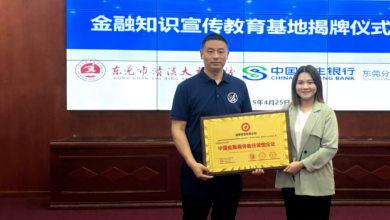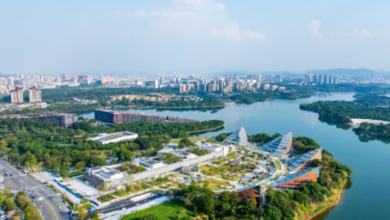Dongguan’s Cross-Border Trade Facilitation Initiatives Yield Tangible Results


Introduction
Dongguan, a key manufacturing and trade hub in the Greater Bay Area, has once again been selected as a priority city for China’s Cross-Border Trade Facilitation Action Plan. Since April 2025, the Dongguan Commerce Bureau, alongside customs, maritime, and other regulatory agencies, has rolled out 23 targeted measures to streamline trade processes, reduce logistics costs, and enhance regulatory efficiency.
As someone who has closely followed Dongguan’s trade policies, I’ve seen firsthand how these reforms are making a difference—especially for exporters of high-demand products like lithium batteries and electric vehicles. Below, I’ll break down the key initiatives and their real-world impact.
1. Streamlining Export & Import Procedures
One of the most significant improvements is the optimized inspection process for lithium battery exports. Traditionally, battery shipments faced lengthy inspections, but Dongguan has piloted a “Smart Packaging Inspection” system that uses AI and differentiated compliance assessments.
Key Results:
- 94,008 batches processed under the new model in 2025
- 90% reduction in inspection time
- Faster clearance for high-demand exports like EV components
Similarly, for auto imports, Dongguan’s “Two-Certificates-in-One” policy (combining customs clearance and vehicle registration documents) has slashed processing steps. When I visited Xinsha Port, a customs officer explained how this reform allowed imported vehicles to move from port to dealerships 30% faster.
2. Innovative Customs Supervision Models
Dongguan is also pioneering smarter customs checks for e-commerce and perishable goods:
A. “Inspect First, Ship Later” for Cross-Border E-Commerce
- Previously, entire truckloads had to be unloaded for checks—costly and time-consuming.
- Now, inspections happen at the parcel level, cutting:
- 75% of clearance time
- 30% of logistics fees
B. One-Stop Checks for Hong Kong-Bound Produce
At Runfeng International Vegetable Market, a new “Unified Inspection Hub” allows mixed-load checks (e.g., fruits + vegetables) before shipment to Hong Kong. A trader I spoke with said this saved 2 days per shipment—critical for perishables.
3. Expanding Logistics Efficiency
A. Hong Kong-Dongguan Air Freight Link
The “Hong Kong Airport Dongguan Air Port” project has been a game-changer:
- 322 billion RMB in cargo handled since launch
- 30% lower costs compared to traditional routes
- Now connects to 220+ global destinations
B. Multimodal Transport Networks
- Dongguan Port’s “Combined Port” system links sea, rail, and truck routes.
- New Indonesia-Dongguan-Hubei rail-sea corridor cuts transit times for electronics exporters.
From my visits to logistics hubs, I’ve noticed more SMEs using these options to bypass congestion at major ports like Shenzhen.
4. Digital & Regulatory Service Upgrades
A. AI-Powered Customs Assistance
Dongguan’s “Single Window” platform now includes:
- 24/7 AI chatbot for instant clearance queries
- Green channels for urgent shipments (e.g., semiconductors)
B. Maritime Safety Innovations
The local maritime bureau’s “One-Stop Shipping” policy simplifies:
- Cargo inspections
- Transshipment permits
A freight forwarder told me this reduced 2-3 days of paperwork per water-bound shipment.
Conclusion: What’s Next for Dongguan?
These reforms prove that targeted policy innovation can boost trade efficiency even amid global uncertainties. Moving forward, Dongguan plans to:
- Expand pilot programs (e.g., lithium battery checks to more sectors)
- Deepen Shenzhen-Dongguan customs collaboration
- Introduce blockchain-based cargo tracking
For businesses trading in Guangdong, I’d strongly recommend leveraging Dongguan’s new logistics corridors—especially the air-port link and multimodal routes. The city’s ability to cut costs while speeding up trade makes it a rising alternative to Shenzhen or Guangzhou.





